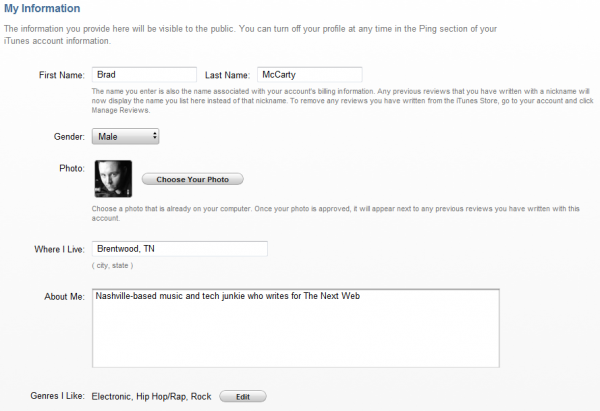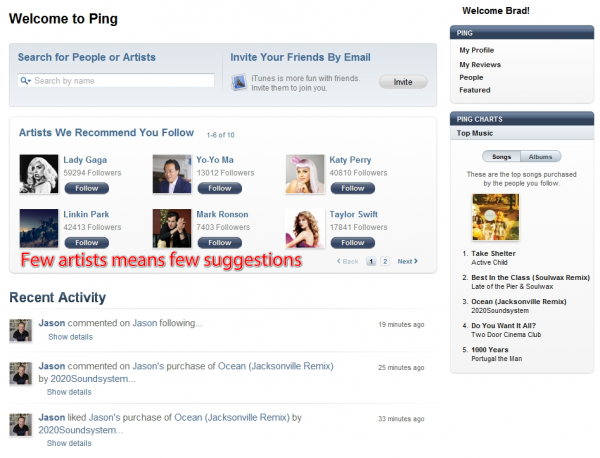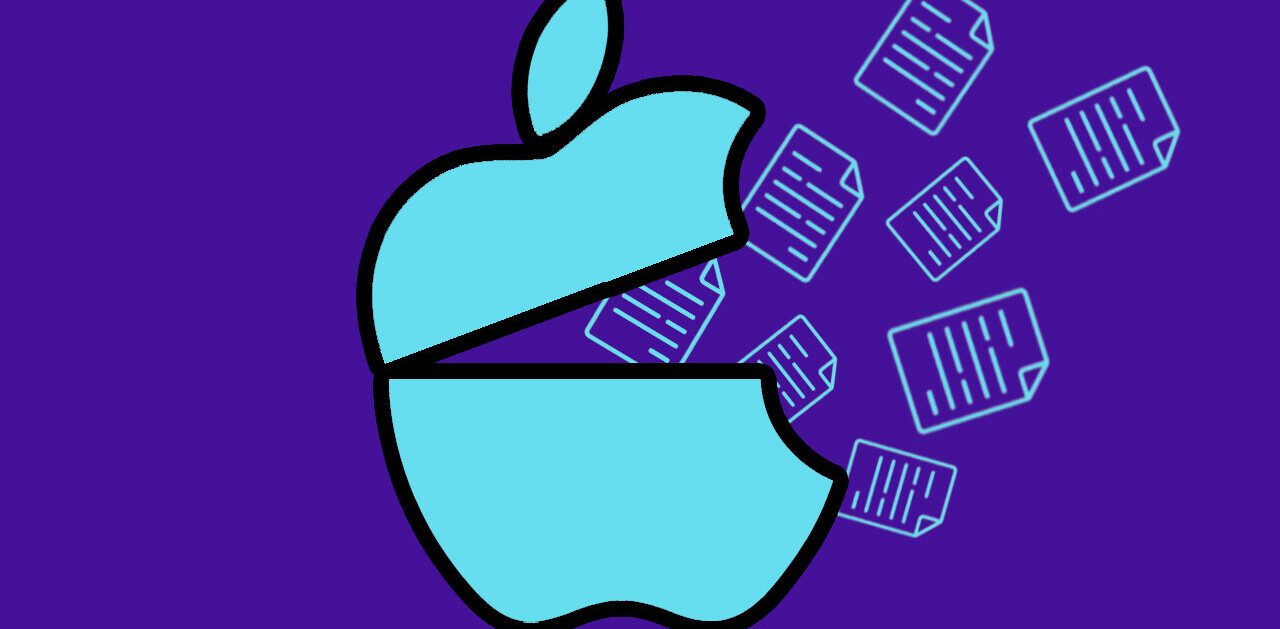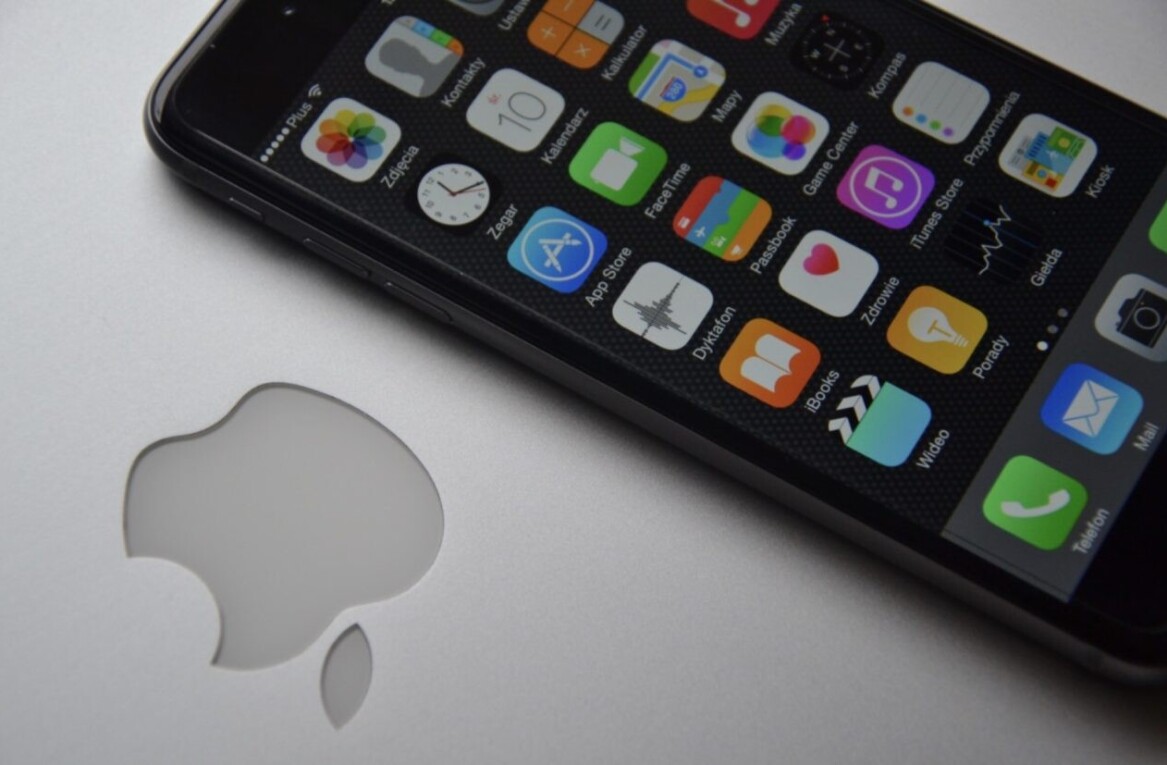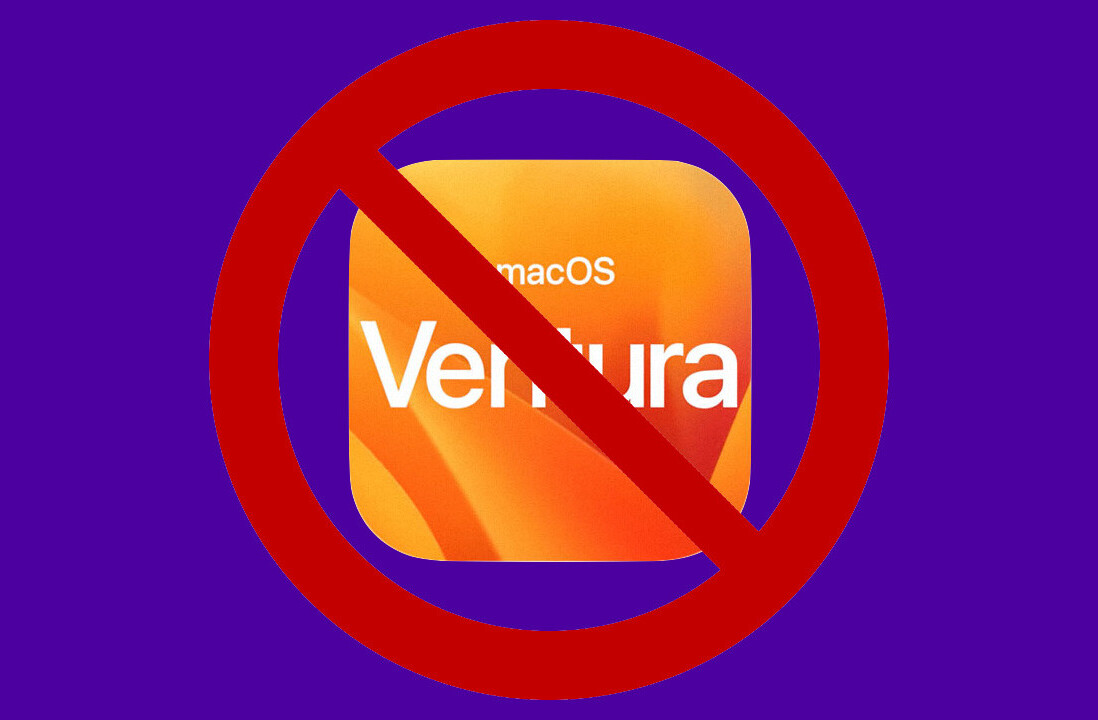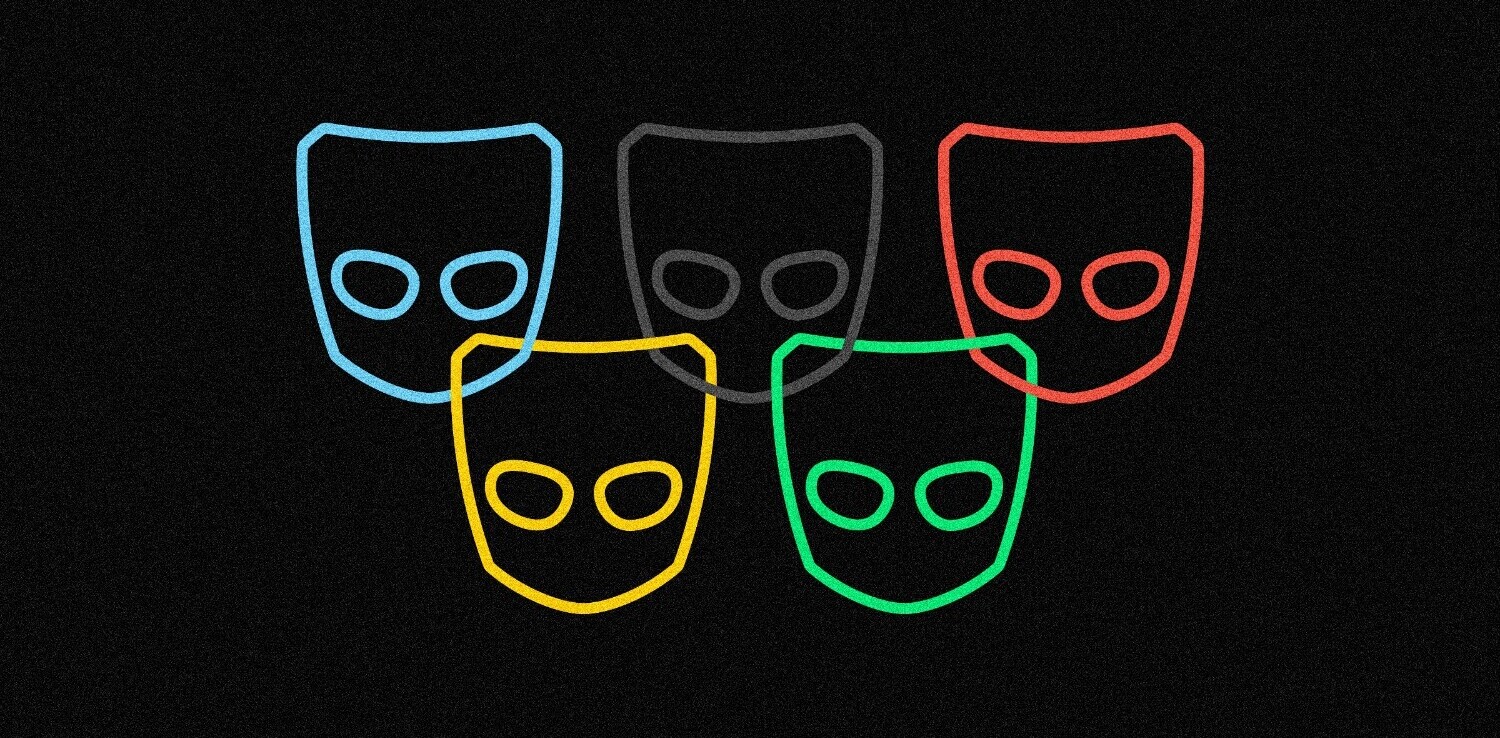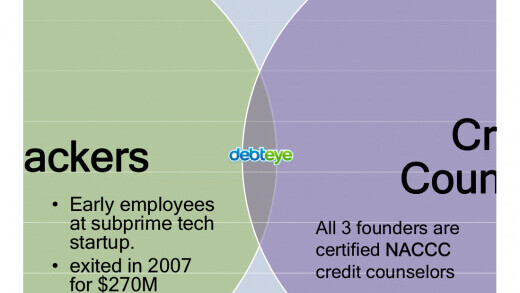
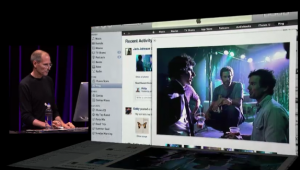 To say that I was surprised to see Apple delve into the social network world would be an understatement. Apple is notoriously anti-social, and it simply didn’t make sense to me. However, after yesterday’s announcement for Ping, I am glad to see that I was proven wrong.
To say that I was surprised to see Apple delve into the social network world would be an understatement. Apple is notoriously anti-social, and it simply didn’t make sense to me. However, after yesterday’s announcement for Ping, I am glad to see that I was proven wrong.
Ping is, according to Apple, a social network for music. That statement puts it directly in competition with MySpace, while leaving a wide berth for Facebook. Honestly, it was probably the smartest way that Apple could go about it. While Facebook Connect is available in Ping [edit: it appears that Facebook Connect has been pulled], it isn’t required and Facebook features are not integrated into Ping (Jobs says that this is because of Facebook’s “onerous terms” for the integration).
What It Is
Jumping in to Ping, the first thing you’ll do is set up your profile. While there is no customization available in aesthetics, that goes in line with what Apple is doing with Ping as a whole. It is, putting it lightly, very music-centric. In fact, the only information that you enter about yourself is your name, your gender and location, then a short “about me” blurb:
Once that’s done, the second section goes over your musical tastes. Heavy iTunes users will likely have this section already populated, but you can choose to change what information shows there by searching for titles or artists and then selecting them:
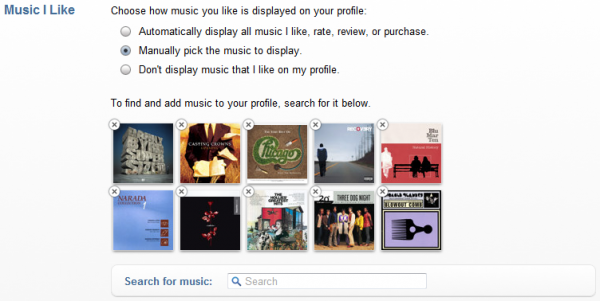
Now that you’ve seen your part, let’s talk about what it is. Jobs was quite right in calling it a social network for music. You will find some suggested artists (and there, honestly, aren’t many artists available to follow at present) and then you can search for your friends by name or invite via email. There is an option for Facebook Connect but, at the time, none of my Facebook connections (who, admittedly, are primarily non-techies) were using the service yet.
Your main page will look something like this:
Exploring around, you will (predictably) find your friends and link up with them. You’ll see what they like, and even engage in conversations. The fun part, and what will ultimately drive more traffic, is that you can do the same with artists. Finding out latest tour dates, upcoming plans, current actions and getting exclusive info is, honestly…pretty cool.
Ping is social, but it’s all very simple and low-key…for now.
What It Can Be
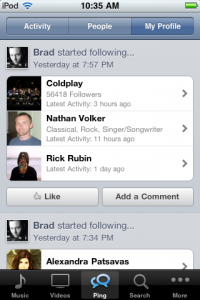 The beauty behind ping lies in its potential. While the social aspect of it will pick up over time, there are a couple of different paths that it could eventually take.
The beauty behind ping lies in its potential. While the social aspect of it will pick up over time, there are a couple of different paths that it could eventually take.
The sad fact is that, already, there are a lot of spammy “OMGWTGBBQ” type comments within Ping. Apple has to be dilligent in policing these in order for Ping to be taken seriously. YouTube is notorious for having the bottom-feeders of the troll pond, and that’s not an image that Apple wants to have.
It can, with enough curation, be the musical portal that MySpace never was. While MySpace was a great service for upcoming artists to show off their work, it took third-party plugins to sell your music. Ping being part of iTunes could very well change that entire model. It is, already, a perfect venue for artists to find their cult following and to curate that following into sales.
The broader picture of Ping is what it can (and likely will) bring to the rest of Apple’s online stores. That social aspect is huge and over time more businesses will find that having a community is important. Apple is, at present, giving itself the single largest testing platform for a shopping community.
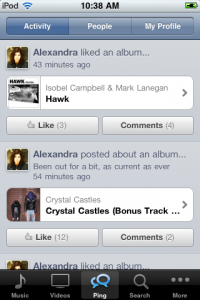 Facebook integration likely needs to happen, at some point down the road. However, it’s not important to the initial launch, contrary to what some of my fellow tech bloggers seem to think. In order for Ping to really take off, Apple needs only to put its massive PR force to work and make sure that people develop a top-of-mind awareness about Ping when relating to music.
Facebook integration likely needs to happen, at some point down the road. However, it’s not important to the initial launch, contrary to what some of my fellow tech bloggers seem to think. In order for Ping to really take off, Apple needs only to put its massive PR force to work and make sure that people develop a top-of-mind awareness about Ping when relating to music.
In the mean time, Apple needs to remind people that they can use Ping on their iPhone, iPod Touch and iPad as well. To be honest, Ping is a wholly more satisfying experience when used on a mobile device. The UI makes more sense, and navigation seems to work better. The mobile aspect is what really needs to come to the forefront, after using desktop-based iTunes to set up your profile.
Only time will tell, of course, how well Apple will be able to grow Ping. This is the company’s first foray into social, and the start is good (if not great). Many things need to come together to make it the success that it could be, but we’ve seen Apple in this position before and it has a track record of coming out on top.
In the mean time, I’m on Ping, as are some of the other TNW writers. Look us up, and let us know what you think of the service.
Get the TNW newsletter
Get the most important tech news in your inbox each week.
